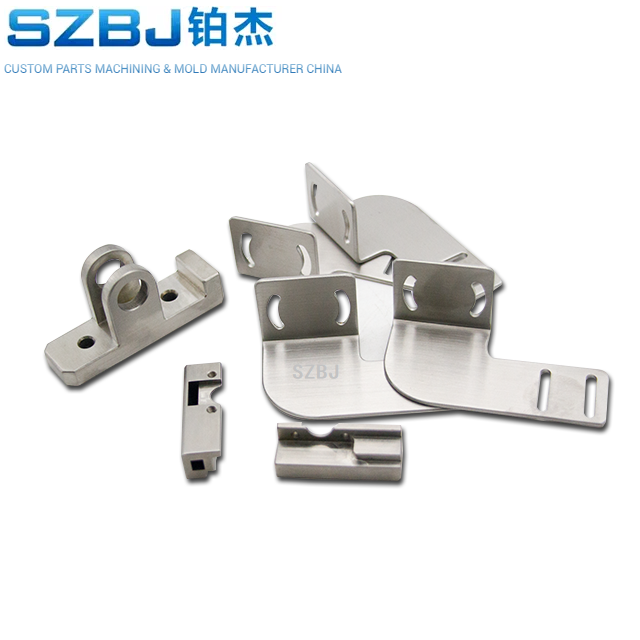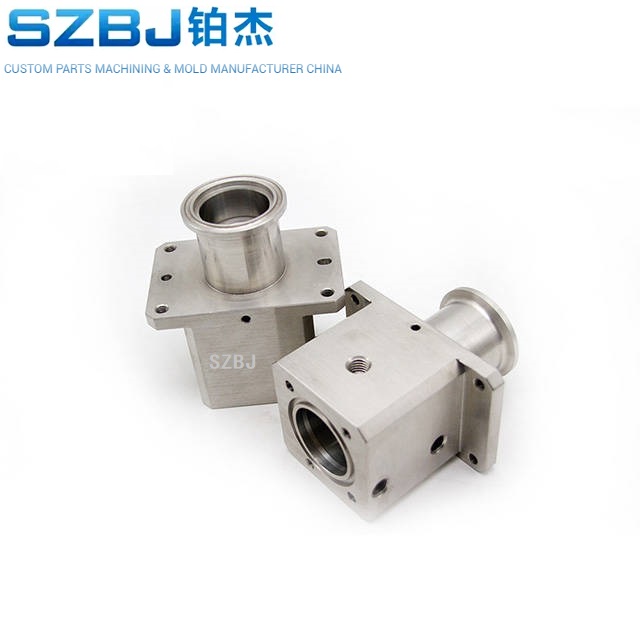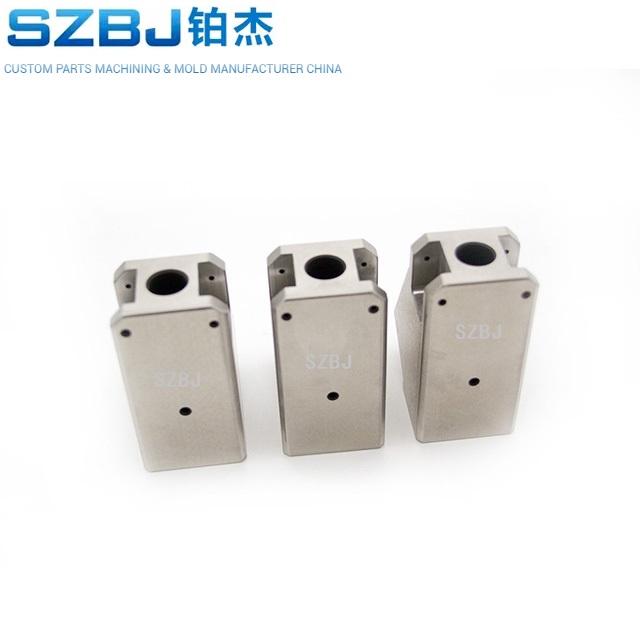The production process of precision machining refers to the entire process from raw materials (or semi-finished products) to products. Precision machining is technically difficult, has many influencing factors, involves a wide range, high investment, and strong product personality. Its main contents are as follows:

1. Processing mechanism. In addition to the precision of traditional processing methods, non-traditional processing (special processing) methods are developing rapidly. At present, traditional processing methods mainly include precision cutting with diamond tools, precision grinding with diamond micro-powder grinding wheels, precision high-speed cutting, and precision belt grinding. Non-traditional processing methods mainly include high-energy beam processing such as electron beam, ion beam, laser beam, electric spark, electrochemical processing, photolithography (etching), etc., and composite processing methods such as electrolytic grinding, magnetic grinding, magnetic fluid polishing, ultrasonic honing, etc. with composite processing mechanisms have emerged. The research on processing mechanism is the theoretical basis of precision and ultra-precision machining and the growth point of new technologies.

2. Processed materials. The processed materials of precision machining have strict requirements on chemical composition, physical and mechanical properties, chemical properties, and processing properties. The texture should be uniform, the performance should be stable, and there should be no macroscopic and microscopic defects inside and outside. The processed materials that meet the performance requirements can achieve the expected effect of precision machining.

3. Processing equipment and process equipment. Precision machining should have high-precision, high-rigidity, high-stability and automated machine tools, corresponding diamond tools, cubic boron nitride tools, diamond grinding wheels, cubic boron nitride grinding wheels, and corresponding high-precision, high-rigidity fixtures and other processing equipment to ensure the processing quality. Precision machining should first consider precision machining machine tools with corresponding accuracy. Many precision machining processes usually start with the design and production of ultra-precision machine tools, and the required tools must be configured. At present, there are few general series of precision machining machine tools, and the batch size will not be large. The cost of precision machining machine tools is very high and special orders are required. If the processing on the existing precision machining machine tools cannot meet the requirements, the processing accuracy can be improved through process measures or error compensation.
